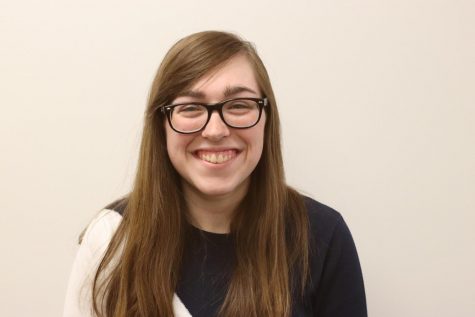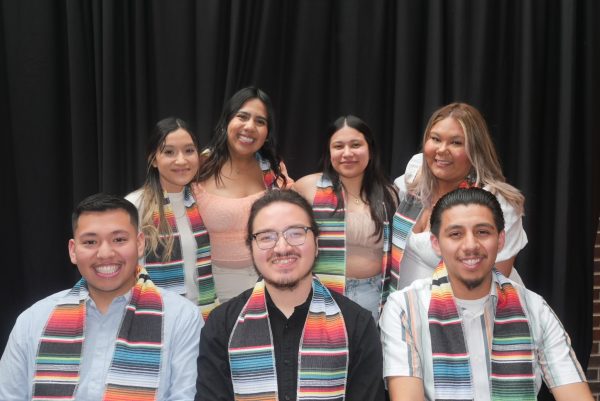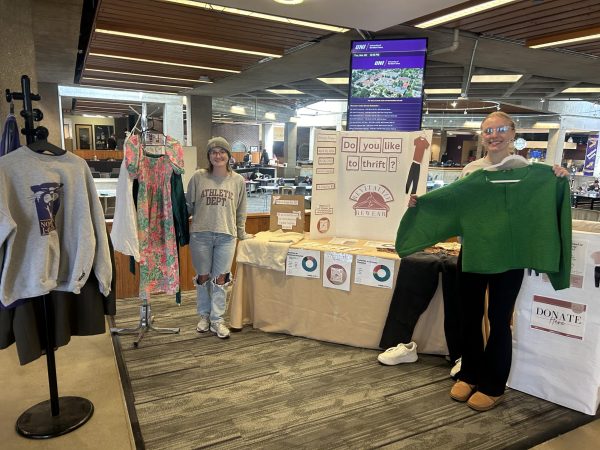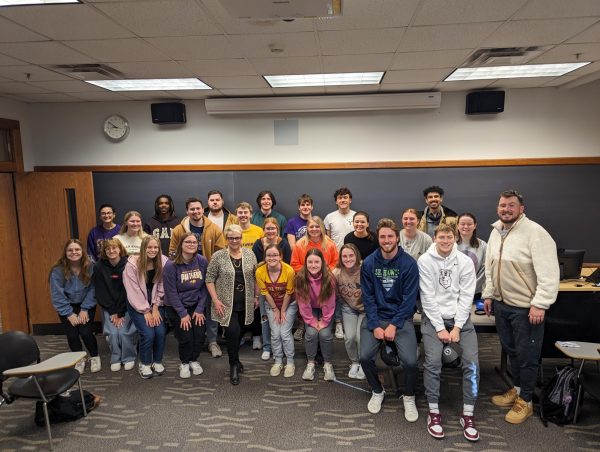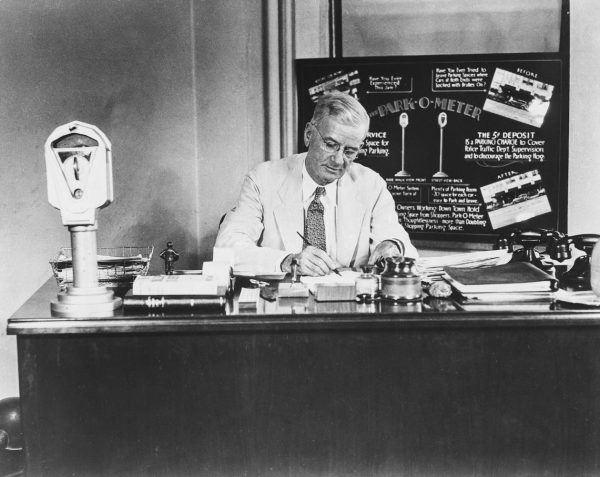Fatness, Body-Size Stigma panel
Three UNI faculty members organized a “Fatness, Body-Size Stigma and Thin Privilege” panel held on Monday, March 11 at 3 p.m. in the Center for Multicultural Education.
Mar 14, 2019
On Monday, March 11 at 3 p.m. in the Center for Multicultural Education, three UNI faculty members spearheaded a “Fatness, Body-Size Stigma and Thin Privilege” panel.
The panel featured Susan Hill, professor of Philosophy and World Religions, Fabio Fontana, professor of Kinesiology and Jesse Swan, professor of English.
The discussion centered around these professors’ research and analyses of socio-cultural perspectives on body size.
Fontana was the first to present his research. His presentation focused on anti-fat bias among professionals in exercise-related fields, discrimination of obese clients by personal trainers and weight-related bullying among children and adolescents.
Fontana described his and his colleagues’ research in the academic world of physical education. They had found that exercise professionals had an implicit bias, an automatic attitude based on stereotypes that disfavored people with more fat. They also found that this bias increased as physical education students progressed in their undergraduate careers.
Next, Fontana described an experimental study of personal trainers (physical education teachers and majors) that he conducted last year. This two-phase study first had different trainers watch videos of prospective clients that were identical in voice, clothes and action. The only difference between the actors playing the clients were their body compositions.
The outcomes of this phase were the trainers’ exercise recommendations and general attitude towards the clients. Trainers were asked to describe the intensity of exercise they would recommend for their prospective client in their first session, and the total exercise they would advise in the first week.
In the second phase, trainers were asked to meet the clients in an observable room, where the actors asked them personally for exercise advice. To Fontana’s surprise, the results from this experiment were very similar, regardless of the prospective client’s body composition.
Fontana concluded his segment by describing a six-question survey conducted with both American college students and Brazilian adolescents, asking them about weight-related bullying they have endured. In the college students, Fontana and his colleagues found that those who encountered weight-related bullying reported less physical activity and less enjoyment of exercise. For the Brazilian youth, attitudes about physical activity differed less with bullying rates. Fontana and his colleagues are now working on developing a better questionnaire for future research into this topic.
Hill followed with a presentation entitled “Disrupting Common Assumption about Fat.” In it, Hill discussed what she described as the problematic implications surrounding the term “obese,” the history of BMI classifications related to health insurance interests and little-known medical research that conflicted with mainstream anti-fat attitudes from medical professionals.
Hill first approached the term “obesity,” claiming that modern weight classifications “assume there is a normal” weight for humans. She then transitioned into discussing the Body Mass Index (BMI)’s origins, its rise to prominence in the 70’s when health insurance companies sought ways to charge higher-weight patients more for coverage, and the changes the system underwent in the 90’s that are still in effect today.
According to Hill’s research, over 30 million Americans found themselves classified as overweight or obese seemingly overnight when “overweight” classifications switched from a BMI of over 27.8 for men and 27.3 for women to universally 25–29 being overweight, and over 30 being obese. Hill claims this arbitrary stigma around weight contributes to the $60 billion/year diet industry.
Hill then described medical studies that showed overweight and obese people were not statistically more at-risk for heart disease, and that overweight people had significantly lower mortality rates in comparison to those in the “normal” BMI range. She also explained that while persons with BMIs over 35 (Level 2 and 3 Obesity) are associated with higher mortality rates, those in the most common Level 1 Obesity do not have higher mortality rates.
“You cannot, ever, tell whether a person is healthy by the way they look,” Hill said. “We assume that we can, but you cannot.”
Swan then read from his paper, “Binaries, Love and Hate, Fatphobia, and Thin Privilege.” In it, Swan pulls from his field of expertise, early modern english literature, to show examples of a time before the body size stigma of today. Swan described that in the “love culture” of the seventeenth century, moderation, in eating or otherwise, was the ideal, yet fatness was written and recorded as desirable and respectable. He compared this ideology with postmodern “fat scholars” who embrace similarly love-centered fields of thought to combat the “mechanically modern” anti-fat sentiments, as earlier described by Hill, the BMI scale and mainstream medical beliefs.
“In late capitalism, in late modernity,” Swan read, “the only liberation, including the liberation of genuine understanding, comes from being defiant.”
The final thirty minutes of the event were dedicated to answering questions from the audience. The three panel members responded with additional discourse about their research as well as perspectives on societal weight-based bias.
This event was held by UNI’s Office of Research & Sponsored Programs and co-sponsored by the Center for Excellence in Teaching and Learning.



